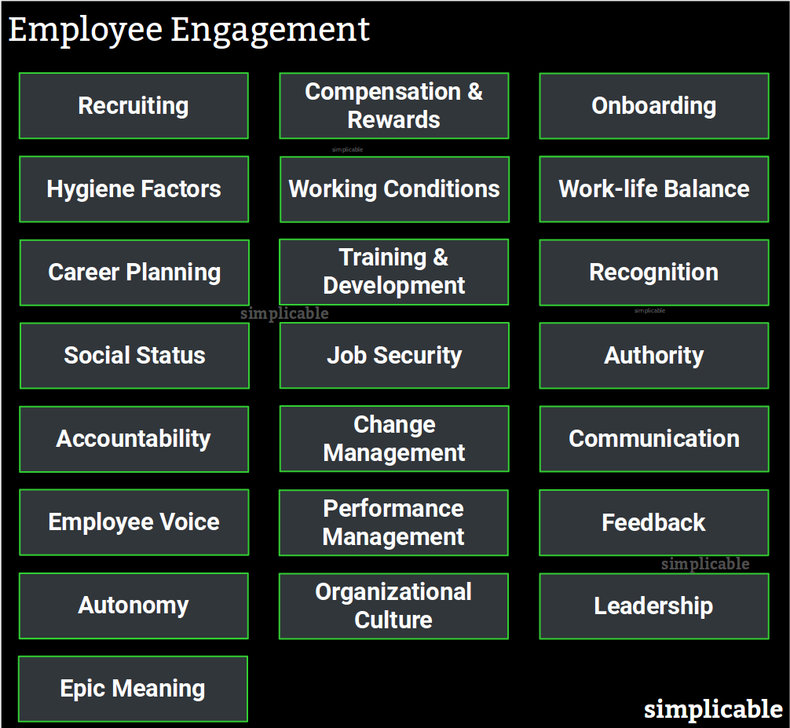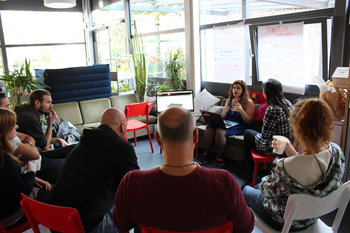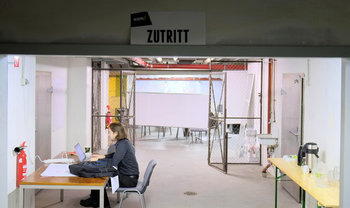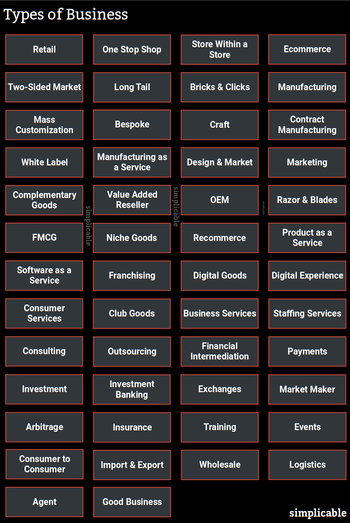
Recruiting
Engagement is heavily related to the drive and resilience of an individual. Some individuals will stay engaged through any stresses and obstacles because they are fundamentally unstoppable. Others may be motivated only sporadically and will be easily discouraged by stresses and problems. It is no easy task to discover and hire individuals who push in to every initiative to take the lead without ever becoming discouraged. However, this is the foundational basis for employee engagement. Hiring managers who become too systematic in hiring by looking at data on candidates and checking off qualifications may miss an important sanity check - does this candidate have energy, resilience and interest?Compensation & Rewards
Employees who are fully engaged often play a critical role in the revenue, productivity and creative energies of a firm. Such employees are aware of the value they create and are likely to leave if compensation doesn't reflect this value. Awarding high compensation to disengaged individuals who aren't adding much value can encourage a culture of low engagement.Onboarding
Onboarding is the practice of giving employees what they need to do their job from the moment they first arrive. This includes resources, access, information, introductions and social inclusion. Leaving employees isolated without the resources they need creates a bad first impression that can quickly damage motivation.Hygiene Factors
Hygiene factors are basic expectations that employees have that don't increase engagement when they are met but dramatically decrease engagement when they aren't met. For example, a comfortable chair for an office worker.Working Conditions
Working conditions include the demands, environment and terms of a job that are relevant to employee satisfaction. Employees may become disengaged if they find work overly stressful due to conditions. Working with employees to improve conditions is a common approach to employee engagement. For example, employees may be disengaged because they view working hours such as shift work to be unfair in some way. As such, implementing changes to working hours or how they are scheduled may improve engagement.Work-life Balance
Employees may disengage to avoid overworking out of a desire to maintain their quality of life. For example, an employee who finds that when they take on a new responsibility they end up working on weekends may be quiet in meetings to avoid action items. Flexible work policies and a culture that allows employees to prioritize their work to deliver a reasonable workload can improve engagement.Career Planning
Partnering with employees to help them plan and achieve career goals.Training & Development
Providing opportunities to learn and acquire new skills. This includes things like mentorship, training and the opportunity to take on challenging work.Recognition
Employees are commonly motivated by a desire for respect from their peers. As such, formal and informal recognition in a team setting can improve engagement.Social Status
Some individuals are strongly motivated by a desire for social status such that providing status can improve their engagement. For example, an attractive job title, business class travel and formal authority may be viewed as types of status.Job Security
Employees who see no risk of losing their job may eventually view a salary as an entitlement. Employees who see a high risk of losing their job may also become disengaged as they may start looking for a new position. A fair environment of competition where job security is earned with performance is most conductive to employee engagement.Authority
Formal authority, even in small amounts, increases engagement in some employees. Where employees lack the authority they need to do their jobs, engagement is likely to be low.Accountability
Holding employees accountable for the success or failure of work improves engagement. An environment where failure is ignored and successes not celebrated isn't conductive to engagement.Change Management
Change management is the leadership practice of engaging employees in change. This is a critical practice as employees commonly seek to preserve the status quo and may disengage or resist programs of aggressive change.Communication
Communicating the urgent competitive pressures facing an organization and the reasons behind strategy as opposed to leaving employees in the dark as to why things are being done.Employee Voice
It is unrealistic to expect employees to be engaged where you haven't asked for their input. A one-way flow of decision making whereby employees are excluded from strategy planning isn't conductive to engagement. In other words, employees are more likely to support an initiative they have helped to shape. This also allows opposition to a strategy to be voiced so that management have an opportunity to respond.Performance Management
The process of regularly setting objectives with each employee and then evaluating performance against those objectives. This process can be used to set expectations for engagement and then reward employees who meet these expectations and work with those who don't to improve.Feedback
Beyond performance management, managers can provide regular informal feedback to employees to set expectations for engagement and indicate to employees where engagement was appreciated or lacking.Autonomy
Giving employees leverage to define their role and deliver work as they see fit. Employees may value freedom and the ability to do things their own way. For example, a call center that encourages employees to develop their people skills according to their personality and character. This is more likely to bring engagement that expecting employees to stick to robotic scripts.Organizational Culture
A baseline level of engagement is built into the culture of an organization. For example, a firm may have norms and expectations in areas such as response times, speaking up in meetings and accepting action items such that its not easy to disengage. Firms with intensive internal competition are less likely to have disengaged employees.Leadership
Leadership play a fundamental role in motivating employees, managing performance and defining organizational culture. A few strong leaders can significantly improve engagement.Epic Meaning
Employees who believe in a firm's mission, ethics and leadership are more likely to have intrinsic motivation to see an organization succeed.| Overview: Employee Engagement | ||
Type | ||
Definition | The degree to which an employee is motivated, committed and involved. | |
Related Concepts | ||




































